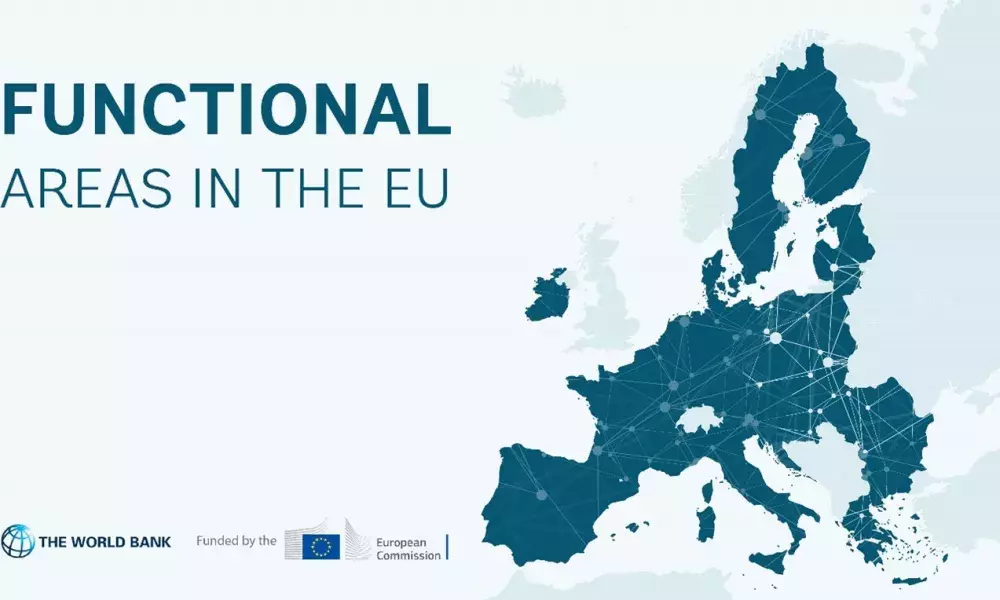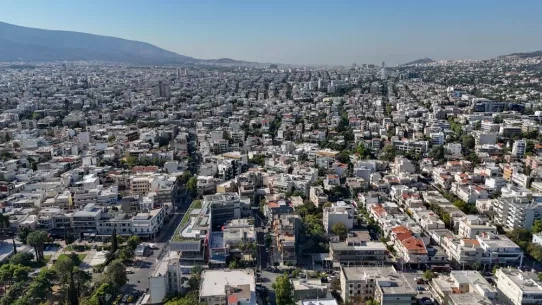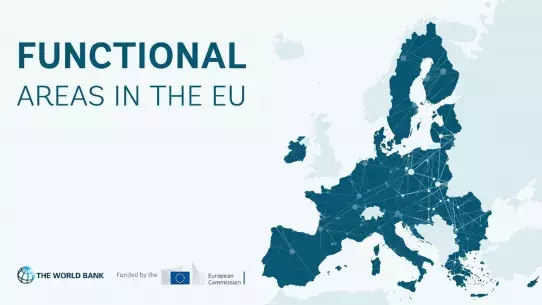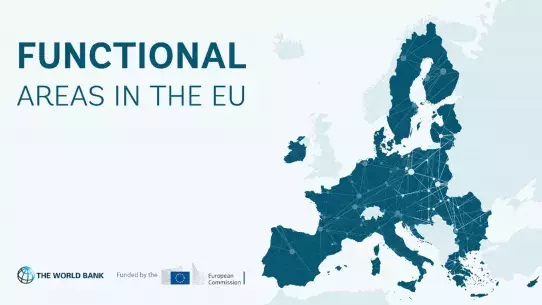
This guide has been prepared for the Functional Areas in the European Union and aims to provide an overview of the trends and statistics surrounding digital nomads, as well as some of the benefits that functional areas can gain by attracting them.
Overall, the rise of digital nomads presents both challenges and opportunities for functional areas in the EU. By understanding the trends and statistics surrounding digital nomads, and by focusing on leveraging their unique digital governance, functional areas can benefit from attracting digital nomads and can position themselves as global destinations for this growing group of mobile workers. On the other hand, one of the largest challenges posed by this trend is that it may continue growing into other economic areas, meaning that it could ultimately lead to workforce leaving their current hometowns to other areas that are more suitable for a digital nomad lifestyle. This leaves countries in the EU with one single option: adapt and capitalize on the trend.
The purpose of this document is to provide a starting point that Functional Areas in the EU can adapt to their own unique perspectives, with the ultimate role on better attracting digital nomads. The guide covers a range of topics, including an overview of digital nomads’ trends and statistics, the benefits of attracting them to your functional area, and methods that can be used for adapting to their needs and promoting your area as a destination for digital nomads.
With a total population of more than 35 million worldwide, digital nomads spend around USD 787 billion every year on living and leisure expenses. Beside the obvious economic benefits of attracting digital nomads to a certain functional area, there are multiple other benefits. For example, digital nomads can contribute to the local economy by spending money on accommodation, food, and entertainment. They can also bring new skills and expertise to the area, which can help to stimulate innovation and drive economic growth. Furthermore, digital nomads can help to increase the area's visibility and reputation on a global scale, which can attract other highly skilled workers and businesses.
In order to attract digital nomads to a functional area, it is important to understand their needs and behaviors, and to adapt the said area to meet those needs. This may involve providing access to high-speed internet, co-working spaces, and other necessary infrastructure. It may also involve creating a digital governance framework that supports and encourages remote work, and that provides clear guidelines and regulations for digital nomads.
Nevertheless, it is important for a Functional Area to understand what is the exact digital nomad profile it is looking for and to put together a practical marketing plan to attract them. All these topics will be covered in the second sections of this guide.
Ultimately, with the right strategies and initiatives in place, cities and Functional Areas can capitalize on the digital nomad trend and position themselves as a top destination for this growing community of remote workers and digital nomads, and this Guide is the first step toward achieving this goal.
Similar content



